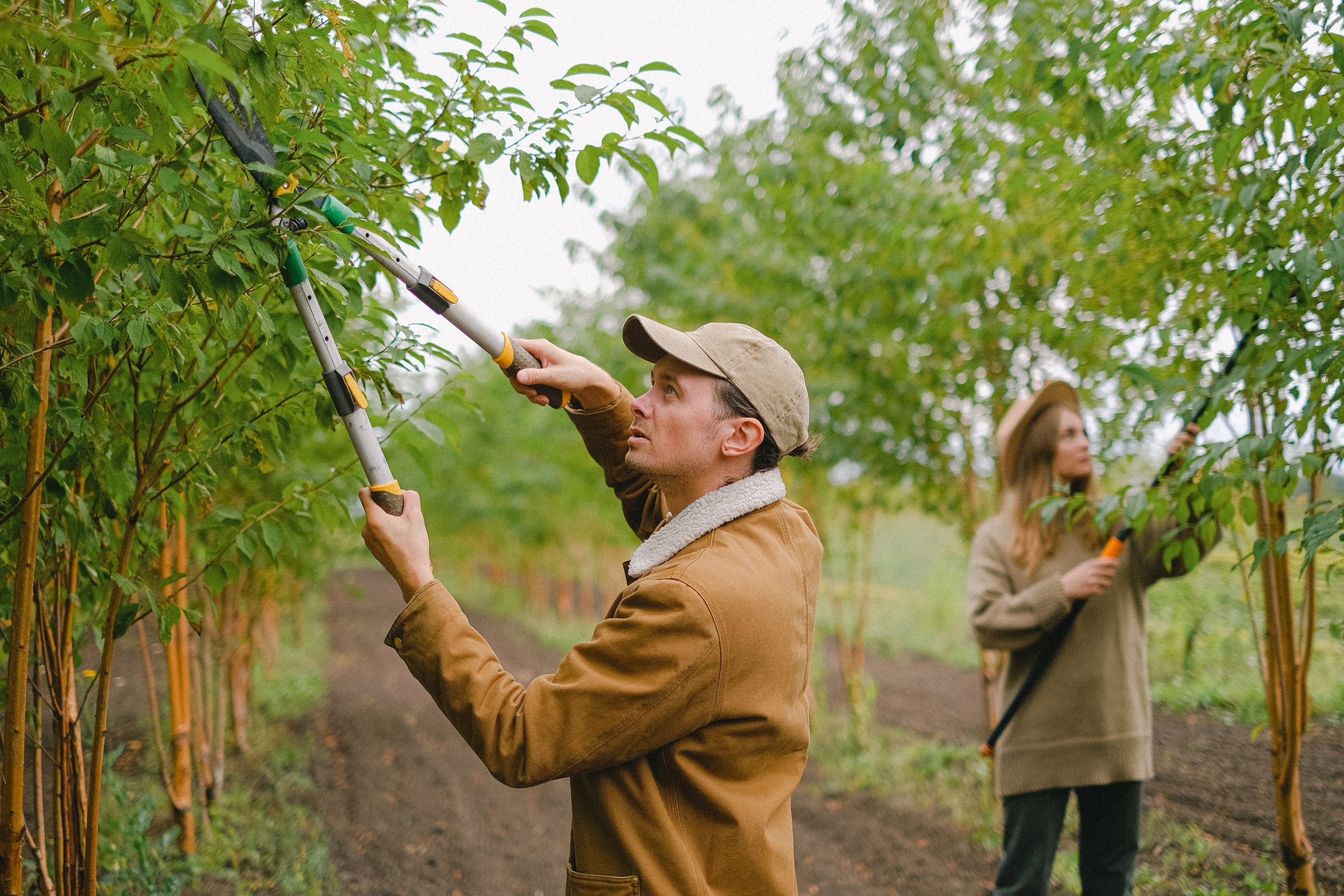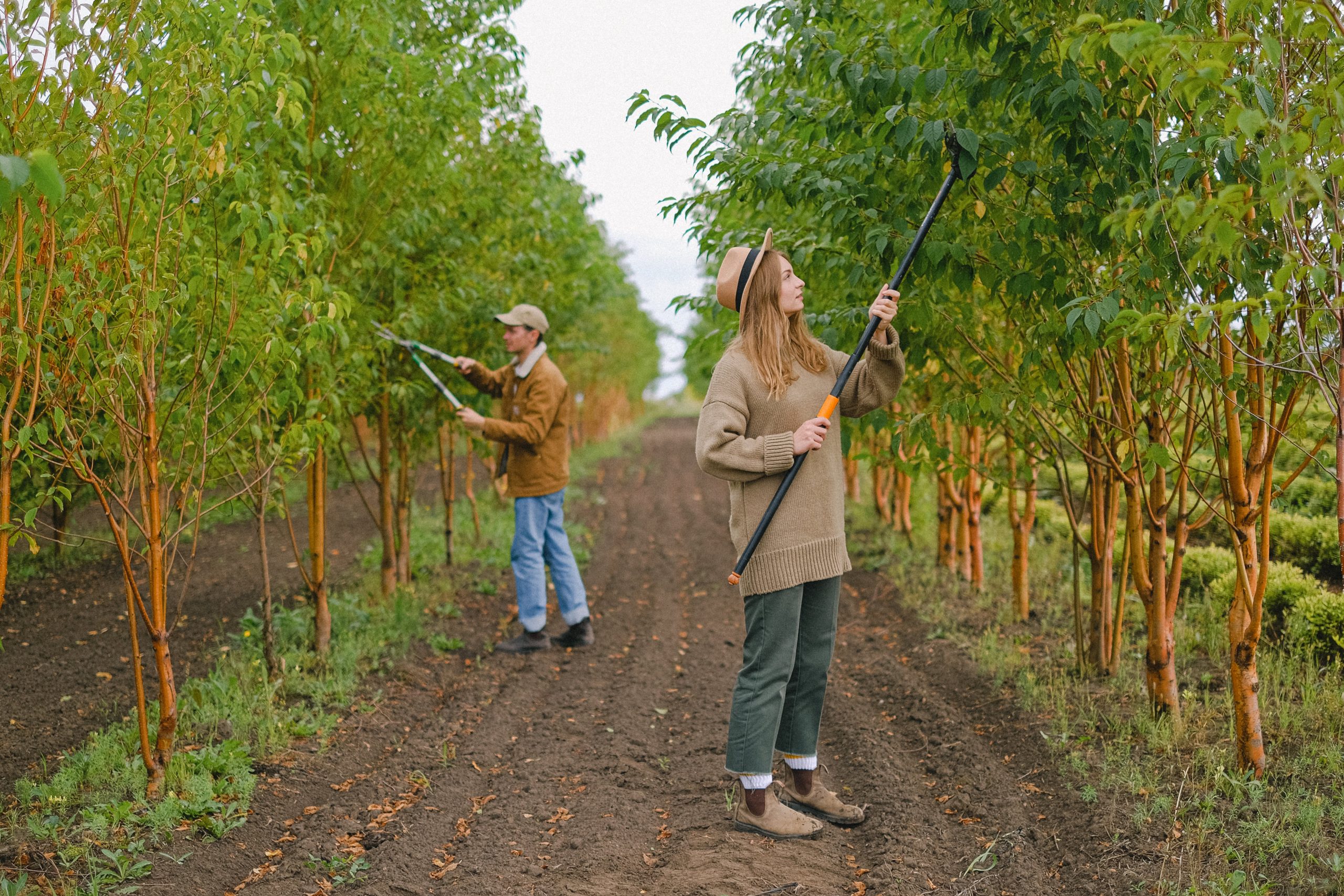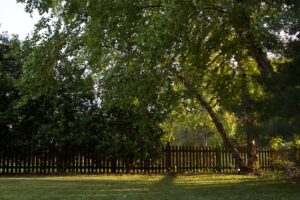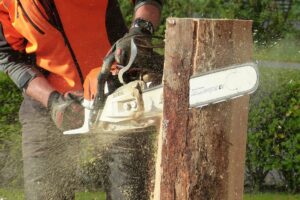How Much to Rent a Crane for Tree Removal?
How Much to Rent a Crane for Tree Removal?
Are you ready to tackle that tree removal project? If so, you’ll want to consider renting a crane for the job. With its power and versatility, a crane can make quick work of even the largest trees. But how much will it cost you? In this article, we’ll break down the factors that go into determining the price of crane rental for tree removal. So, let’s dive in and find out how much it will take to get that tree out of your way!
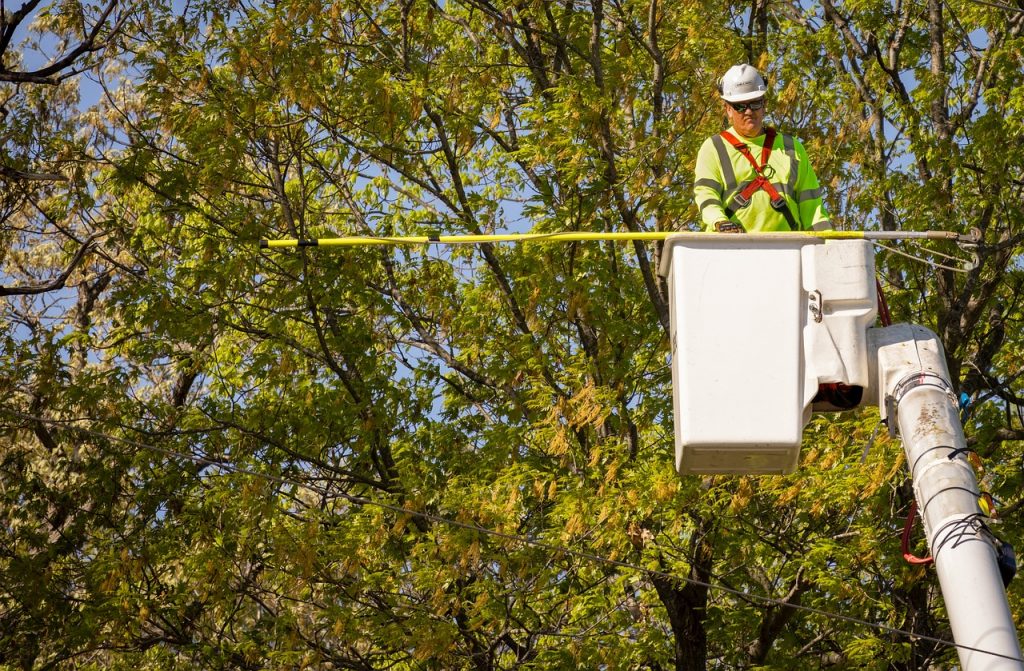
Key Takeaways
- Renting a crane for tree removal is cost-effective compared to purchasing one.
- Hiring a crane provides access to experienced operators who are skilled in tree removal.
- Renting a crane offers versatility and the ability to handle large trees and branches.
- Clear communication and accurate quotes are important for a smooth crane rental process.
Introduction to Crane Rental for Tree Removal
If you’re looking to remove a tree using a crane, the first thing you need to know is how much it will cost to rent one. Renting a crane for tree removal comes with several benefits, including cost savings. Here’s what you need to know:
- Cost-effectiveness: Renting a crane is often more affordable than purchasing one, especially if you only need it for a specific project like tree removal. You can save money by avoiding the high upfront costs of buying a crane.
- Expertise and support: When you rent a crane, you also gain access to experienced operators who are skilled in tree removal. They can ensure the job is done efficiently and safely, saving you time and potential headaches.
- Versatility: Cranes are highly versatile machines that can handle various lifting and tree removal tasks. They can reach tall trees, navigate challenging terrains, and lift heavy loads with ease.
- Maintenance and storage: Renting a crane eliminates the need for long-term maintenance and storage. After the job is done, you can return the equipment and not have to worry about ongoing maintenance or finding a place to store it.
Now that you understand the benefits of crane rental for tree removal, let’s delve into the fascinating history of cranes.
Crane History
To learn about the history of cranes, you can find information on various websites and books. Cranes have been used for thousands of years, evolving from simple machines to complex pieces of engineering. The technology behind cranes has seen significant advancements over the years, allowing for safer and more efficient lifting operations.
In ancient times, cranes were operated by human or animal power, using ropes and pulleys to lift heavy objects. It wasn’t until the Industrial Revolution that steam power was introduced, revolutionizing crane technology. This led to the development of larger and more powerful cranes, capable of lifting heavier loads.
In the 20th century, the invention of hydraulic systems further improved crane capabilities. Hydraulic cranes allowed for smoother movements and precise control, making them essential in construction and other industries. The introduction of electric motors and computerized controls in recent years has taken crane technology to new heights, enabling operators to perform intricate maneuvers with ease.
Advancements in cranes continue to be made, with the focus on increased safety, efficiency, and environmental sustainability. Modern cranes are equipped with advanced features such as load monitoring systems, anti-sway technology, and remote control capabilities.
With a rich history and constant advancements, cranes have become indispensable in various industries. Now, let’s move on to some tips on how to choose the right crane for your tree removal project.
Tips
When it comes to crane rentals for tree removal, there are several key points to consider. First, you need to understand the cost factors involved, such as the size and type of crane needed, the duration of the rental, and any additional fees. Next, you should explore the rental options available, including reputable companies that offer well-maintained cranes at competitive prices. Lastly, it’s crucial to prioritize safety precautions, such as hiring trained operators, obtaining necessary permits, and adhering to proper rigging techniques, to ensure a smooth and incident-free tree removal process.
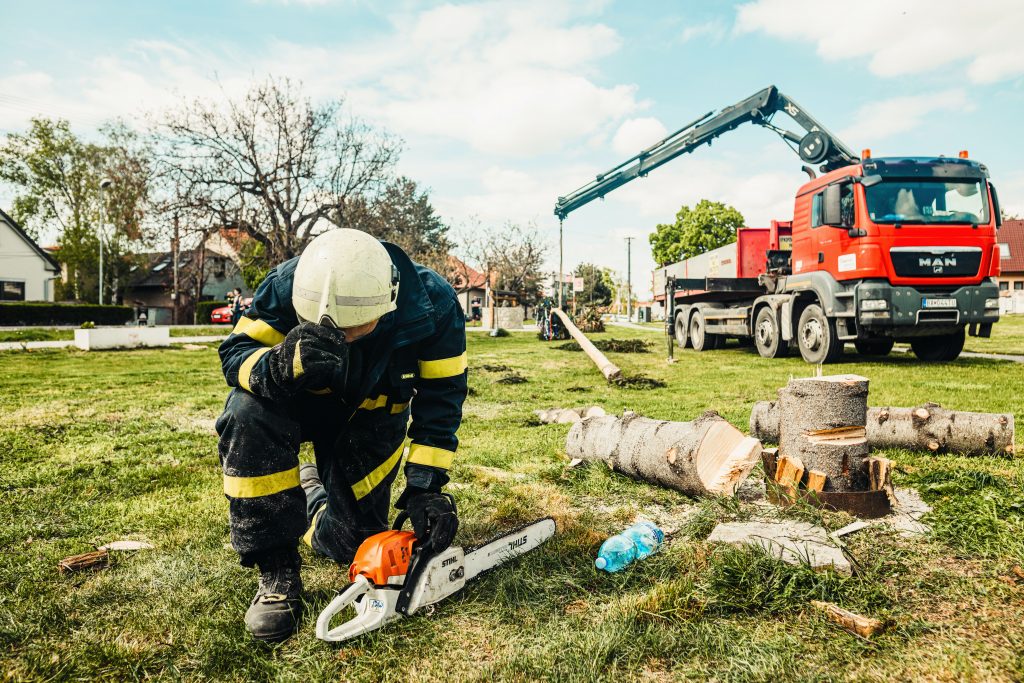
Cost Factors
The cost of renting a crane for tree removal can vary based on several factors. To give you a cost breakdown, let’s discuss the pricing factors that come into play. First and foremost, the size and complexity of the tree removal job will greatly impact the cost. The larger the tree and the more difficult the access, the higher the price. Additionally, the duration of the rental period and the distance the crane needs to travel to the job site will also affect the overall cost. Other factors include the type of crane needed, any additional equipment required, and the level of expertise required from the crane operator. Keep these pricing factors in mind as you consider your options for renting a crane for tree removal.
Rental Options
Consider the various options available for renting a crane. When it comes to renting a crane for your tree removal project, it’s important to carefully consider the rental duration and equipment options that best suit your needs. Rental durations can vary, ranging from a few hours to several weeks, depending on the scope of your project. It’s crucial to accurately estimate the time required for your tree removal to ensure you rent the crane for the right duration. Additionally, there are different equipment options available, such as boom trucks, rough terrain cranes, and all-terrain cranes, each with their own capabilities and limitations. By understanding your project requirements and selecting the appropriate rental duration and equipment options, you can ensure a smooth and successful tree removal process. Now, let’s move on to discussing the safety precautions you need to take during the crane operation.
Safety Precautions
Now that you have explored your rental options for a crane, it is crucial to discuss the safety precautions you should take during tree removal. Before you begin, it is essential to conduct a thorough risk assessment of the area to identify any potential hazards. Once you have done that, ensure that all operators and workers involved in the process are equipped with the necessary safety gear, such as hard hats, safety glasses, gloves, and high-visibility vests. Additionally, make sure that the crane is inspected and maintained regularly to ensure its proper functioning. Remember, safety should always be your top priority when operating heavy machinery like cranes. With these precautions in mind, let’s move on to discussing the traits and safety measures required for successful tree removal.
Traits and Safety Measures
To ensure your safety during tree removal, it’s important to know the traits and safety measures associated with renting a crane. When it comes to tree removal techniques, using a crane is a common and effective method. A crane provides the necessary lifting power to safely remove large trees without causing damage to surrounding structures or endangering workers. However, operating a crane requires expertise and adherence to safety protocols. One of the key traits to look for in a crane operator is experience. A skilled operator will have extensive knowledge in crane operation and be able to handle the complexities of tree removal. Additionally, safety measures must be in place to minimize the risk of accidents. This includes conducting thorough inspections of the crane before each use, ensuring proper rigging techniques are employed, and following all recommended safety guidelines. By understanding these traits and safety measures, you can confidently proceed with hiring a crane for tree removal, knowing that your safety is being prioritized. Now, let’s explore the steps involved in hiring a crane for tree removal.
Steps: Hiring a Crane for Tree Removal
Make sure you research and contact reputable companies in your area that specialize in tree removal services. Hiring a crane for tree removal requires careful consideration and proper planning. Here are some steps to guide you through the rental process and equipment selection:
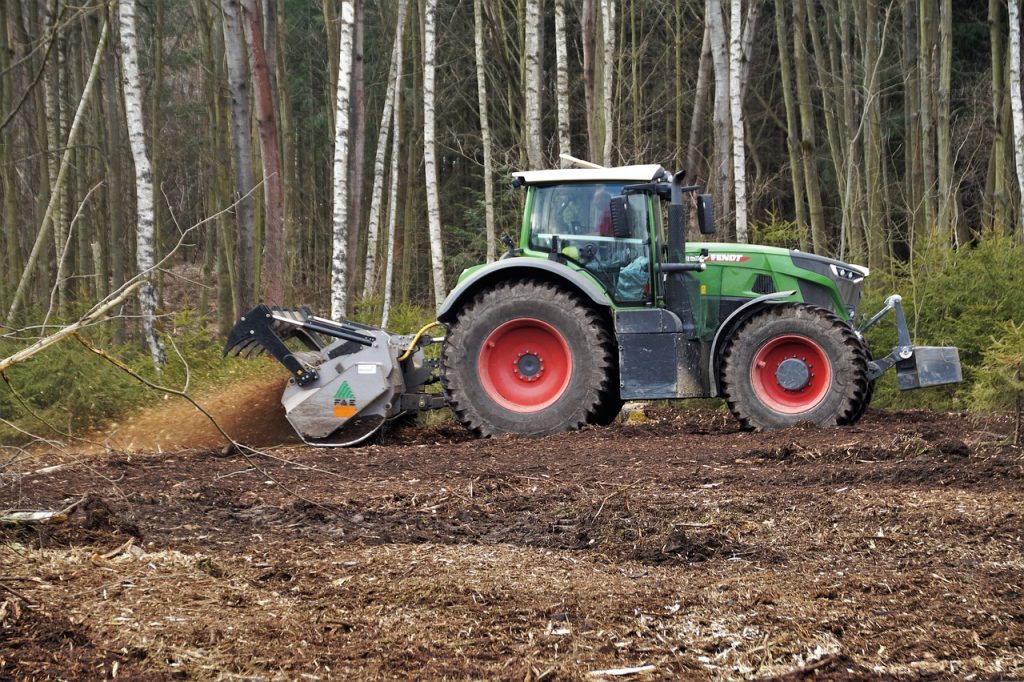
- Evaluate your needs: Assess the size and complexity of the tree removal project. Consider factors such as the height, diameter, and location of the tree.
- Research rental companies: Look for companies that offer crane rentals specifically for tree removal. Read customer reviews and check their reputation to ensure reliability and expertise.
- Consult with experts: Seek advice from arborists or tree removal professionals who can provide guidance on the type and size of crane suitable for your project.
By following these steps, you can ensure a smooth and efficient rental process. Once you have selected the right equipment, you can move forward with your tree removal project.
Transition into the subsequent section about ‘goals {table}’: With the rental process and equipment selection in place, it’s time to establish your goals and plan the execution of your tree removal project.
Goals
Once you’ve established your goals for the project, it’s important to create a detailed plan to ensure successful execution. When it comes to tree removal, there are various techniques and equipment options available. To help you make informed decisions, here is a table outlining some common tree removal techniques and the equipment options associated with each:
| Technique | Equipment Options |
|---|---|
| Climbing | Climbing harnesses, ropes, chainsaws |
| Rigging | Pulleys, slings, rigging ropes |
| Aerial Lift | Bucket trucks, cherry pickers |
| Crane | Cranes with appropriate lifting capacity |
Using the right technique and equipment is crucial for safe and efficient tree removal. Climbing involves skilled arborists using harnesses and ropes to access and cut down trees. Rigging utilizes pulleys, slings, and rigging ropes to control the direction of tree falls. Aerial lifts, such as bucket trucks or cherry pickers, provide a stable platform for cutting and removing trees. Cranes are ideal for large or hard-to-reach trees, offering the necessary lifting capacity to safely remove them.
When considering tree removal techniques and equipment options, it is important to assess the specific requirements of your project. Take into account the size and location of the trees, as well as any potential obstacles or hazards. By carefully selecting the appropriate techniques and equipment, you can ensure a successful tree removal process.
Now, let’s delve into the habits for crane rental for tree removal, ensuring a smooth and efficient operation without unnecessary steps.
Habits for Crane Rental for Tree Removal
Now that you have set your goals for renting a crane for tree removal, it is important to develop some habits that will ensure a smooth rental process. First and foremost, consider the rental duration. How long do you anticipate needing the crane for? This will help you determine the most cost-effective rental option and ensure that you have enough time to complete the job.
Another important habit is to carefully review the equipment specifications. Different tree removal projects may require cranes with specific capabilities, such as lifting capacity and reach. Make sure to communicate your requirements to the rental company to ensure that you are getting the right equipment for the job.
Additionally, it is crucial to establish good communication with the rental company. Clearly communicate your needs, ask any questions you may have, and provide any necessary information about the job site. This will help the rental company provide you with the best possible service and ensure that the crane is delivered and set up correctly.
A Real-Life Story
As you develop these habits, you’ll see just how important clear communication with the rental company can be when it comes to ensuring a successful crane rental experience for your tree removal project. Let me share a real-life story that highlights the significance of effective communication and provides some cost-saving tips.
One of our clients, John, had to remove a large tree from his property. He decided to rent a crane to make the process easier and safer. However, he didn’t communicate his specific needs clearly with the rental company. As a result, the crane that arrived was not suitable for the job. It was too small and lacked the necessary reach to lift the tree from its location.
John had to request another crane, which caused delays and additional costs. This experience taught him the importance of providing accurate information about the tree’s size and location to the rental company. By doing so, he could have avoided the inconvenience and saved some money.
Now that you understand the value of clear communication, let’s move on to the next step: obtaining quotes from rental companies.
Quotes
To get accurate quotes from rental companies, you should provide them with detailed information about your project requirements. When it comes to renting a crane for tree removal, there are several factors that can affect the cost. First and foremost, the size of the tree plays a significant role in determining the type of crane you will need and, consequently, the price. Additionally, the location of the tree and any obstacles in the surrounding area can impact the complexity of the job and, subsequently, the cost. Other factors that rental companies will consider when providing you with a quote include the duration of the rental period, any additional equipment or services required, and the distance to transport the crane to your location. By providing rental companies with all the necessary details about your project, you can ensure that you receive accurate and comprehensive quotes that reflect the specific needs of your tree removal job.
Understanding the cost factors involved in renting a crane for tree removal is just one piece of the puzzle. However, there are other secrets to consider that can help you make the most of your rental experience.
Secrets
If you want to get the most out of your rental experience, it’s important to know some secrets. When it comes to renting a crane for tree removal, there are hidden costs that you should be aware of. These secrets revealed will help you make informed decisions and avoid any surprises along the way.
One of the hidden costs to consider is the delivery and pickup fees. Depending on the distance and location, these fees can add up quickly. It’s essential to inquire about these costs upfront to avoid any unexpected expenses.
Another secret to be mindful of is the cost of insurance. Many rental companies require you to have insurance coverage while operating the crane. This additional expense can significantly impact your budget, so it’s crucial to factor it into your overall cost analysis.
Furthermore, some rental companies may charge extra for fuel and maintenance. These costs can quickly accumulate, especially if you are renting the crane for an extended period.
Insights and Cost
Now that you know the secrets of renting a crane for tree removal, let’s dive into more insights and cost factors. When it comes to rental options, there are usually two choices: bare rental and full-service rental. Bare rental means you only get the crane itself, while full-service rental includes an operator and any additional equipment or services you may need.
The cost of renting a crane for tree removal depends on several factors. Firstly, the size and type of crane you need will greatly impact the price. Larger cranes with higher lifting capacities will generally cost more to rent. Additionally, the duration of the rental period and the distance the crane needs to be transported will also affect the cost.
Other factors that can influence the price include any special requirements or permits needed for the job, as well as any additional equipment or attachments you may need. It’s important to discuss these details with the rental company to get an accurate quote.
Now that you have a better understanding of the rental options and cost factors, let’s explore the benefits of crane rental for tree removal.
Benefits of Crane Rental for Tree Removal
When considering crane rental for tree removal, you’ll find that it offers numerous benefits such as increased safety and efficiency. Renting a crane for tree removal comes with several advantages that make it a wise choice for any tree removal project. Firstly, the use of a crane ensures the safety of both the workers and the surrounding area. With its ability to lift heavy objects, a crane can easily handle large trees and branches, minimizing the risk of accidents or injuries. Additionally, the precise control and maneuverability of a crane allow for accurate positioning of the tree during removal, reducing the chances of damage to nearby structures or landscapes.
Furthermore, crane rental offers increased efficiency in tree removal operations. The powerful lifting capacity of a crane allows for faster removal of trees, saving time and effort compared to traditional methods. The reach and height capabilities of a crane also enable access to trees in difficult or hard-to-reach areas, making it an ideal choice for challenging removals.
Lessons
When considering crane rental costs, it is important to weigh the benefits of hiring a professional crane operator. Not only does renting a crane save you money compared to purchasing one, but it also ensures that you have access to a highly skilled operator who can safely maneuver the equipment. Safety considerations should always be a top priority when renting a crane, as accidents can have serious consequences.
Crane Rental Costs
If you’re considering renting a crane for tree removal, you’ll want to know the costs involved. Crane rental pricing can vary depending on several factors. The size and type of crane needed, the duration of the rental, and any additional services required all contribute to the overall cost. Generally, crane rental prices range from $200 to $1,000 per hour. To save on costs, there are a few tips you can keep in mind. First, consider renting during off-peak times when demand is lower. This can often result in lower rates. Second, compare prices from different rental companies to ensure you’re getting the best deal. Lastly, make sure you have a clear understanding of the rental terms and any additional fees that may apply. By following these cost-saving tips, you can find a crane rental option that fits your budget. Renting a crane for tree removal offers numerous benefits, including increased safety, efficiency, and precision.
Benefits of Hiring
Hiring a crane for tree removal can provide you with several benefits and advantages. One of the main reasons to consider this option is the increased safety it offers. By using a crane, you can avoid potential hazards and accidents that may occur during manual tree removal. Additionally, cranes allow for greater efficiency in the process, as they can swiftly lift and transport large trees with ease. The precision that comes with using a crane is also a significant advantage, as it allows for more controlled and accurate tree removal. However, it is important to consider the disadvantages as well, such as the cost and the potential for damage to surrounding structures. Despite these drawbacks, the benefits and merits of hiring a crane for tree removal are undeniable.
When it comes to tree removal, safety should always be a top priority. Therefore, it is crucial to consider a few key safety considerations before proceeding with the crane rental.
Safety Considerations
One of the most important things to consider is the potential for damage to surrounding structures when it comes to crane operation for tree removal. Safety should always be the top priority. Proper equipment maintenance is crucial to ensure smooth and safe crane operation. Regular inspections and servicing of the crane and its components are necessary to identify any potential issues before they become major problems. This includes checking the hydraulic system, cables, pulleys, and other mechanical parts. It is also important to have trained and qualified operators who are knowledgeable about crane safety protocols and procedures. By adhering to these safety considerations and maintaining the equipment, you can minimize the risk of accidents and damage during tree removal operations. Moving on to routines, it is essential to establish well-defined procedures to ensure a smooth and efficient workflow.
Routines
When it comes to renting a crane for tree removal, it’s important to establish clear routines for safe and efficient operation. Developing good habits when it comes to crane rental can help ensure that the job is done properly and without any unnecessary risks. One of the most important routines to establish is conducting a thorough inspection of the crane before each use. This includes checking the equipment for any signs of damage or wear, as well as ensuring that all safety features are in proper working condition. Additionally, it’s crucial to follow a checklist of safety procedures when operating the crane, such as maintaining a safe distance from power lines and ensuring that the load capacity is not exceeded. By consistently adhering to these routines and habits, you can greatly reduce the chances of accidents or injuries occurring during the tree removal process. Now, let’s move on to discuss the pros and cons of renting a crane for tree removal.
Pros and Cons
Before making a decision, it’s important to consider the advantages and disadvantages of renting a crane for tree removal. Renting a crane can offer several benefits when it comes to removing trees. First and foremost, cranes are designed to lift heavy loads, so they can handle even the largest trees with ease. Additionally, cranes have specific specifications that can be tailored to your needs, such as height and reach, ensuring that the job is done efficiently and effectively. Another advantage is that renting a crane eliminates the need for manual labor, reducing the risk of injury.
However, there are also some drawbacks to renting a crane for tree removal. One major concern is the potential environmental impact. Cranes require fuel to operate, which can contribute to air pollution and carbon emissions. Additionally, the use of a crane may cause damage to the surrounding landscape, such as compacting the soil or damaging nearby plants. It is crucial to carefully consider these factors before deciding to rent a crane.
Transitioning to the subsequent section about ‘dos and don’ts,’ it is important to keep in mind that renting a crane for tree removal comes with certain responsibilities and safety considerations.
Dos and Dont’s
Now that you understand the pros and cons of renting a crane for tree removal, it’s important to know the dos and don’ts to ensure a safe and successful operation. Following these safety precautions will help you avoid accidents and potential damage to property:
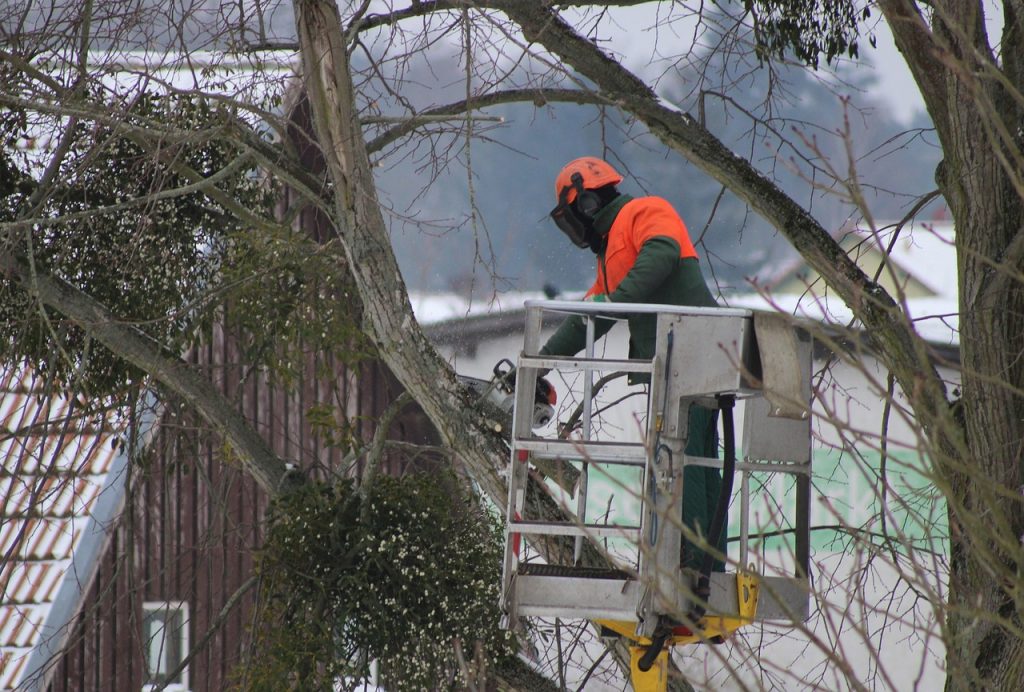
| Dos | Don’ts |
|---|---|
| – Do assess the condition of the tree | – Don’t attempt tree removal without proper training and experience |
| – Do secure all necessary permits | – Don’t exceed the crane’s weight capacity |
| – Do inspect the crane before use | – Don’t operate the crane in adverse weather conditions |
| – Do use appropriate safety gear | – Don’t neglect to communicate effectively with the crane operator |
| – Do plan the removal process | – Don’t rush the removal process |
Mistakes to Avoid
To ensure a smooth and safe operation, it’s important for you to avoid rushing the process and neglecting effective communication with the operator. When it comes to tree removal techniques, taking the time to plan and execute the job properly is crucial. One common mistake to avoid is not selecting the right equipment for the job. Each tree removal requires specific tools and machinery, depending on the size, location, and condition of the tree. Using the wrong equipment can not only lead to inefficiency but also pose serious risks to the workers and surrounding structures.
Another mistake to steer clear of is rushing the process. Tree removal is a complex task that requires precision and expertise. Cutting corners and rushing through the job can lead to accidents, property damage, and even injuries. It’s important to take the time to assess the tree, plan the removal process, and execute each step carefully.
Lastly, effective communication with the operator is paramount. Clearly communicating your expectations, concerns, and any specific requirements can help ensure that the job is done correctly and safely. Maintaining open lines of communication throughout the tree removal process is essential for addressing any issues or changes that may arise.
Key Takeaways
Remember, by avoiding rushing the process and ensuring effective communication with the operator, you can successfully execute tree removal techniques and equipment selection for a smooth and safe operation. When it comes to tree removal, there are some key takeaways to keep in mind. One of the main benefits of hiring a crane for tree removal is the efficiency it brings to the process. With a crane, you can easily lift and remove large tree limbs or even whole trees, saving you time and effort. Additionally, using a crane minimizes the risk of damage to surrounding structures or landscapes, as the operator can carefully maneuver the tree without causing unnecessary destruction. Another important takeaway is the increased safety that comes with crane rental. The operator is experienced in tree removal techniques and understands how to safely handle the equipment, reducing the risk of accidents or injuries. By hiring a crane for tree removal, you can ensure a smooth and safe operation from start to finish. With these key takeaways in mind, let’s move on to the specific action steps for crane rental for tree removal.
Specific Action Steps for Crane Rental for Tree Removal
When it comes to crane rental for tree removal, there are several key points to consider. First and foremost, you need to take into account the cost considerations. This includes factors such as the size and type of crane needed, as well as any additional charges for setup and operation. Additionally, it is crucial to prioritize safety during the tree removal process. This involves implementing proper safety measures, such as ensuring the area is clear of people and obstacles, and using appropriate equipment and techniques. Lastly, hiring licensed crane operators is essential to ensure that the job is done correctly and efficiently. These operators have the necessary training and expertise to handle the equipment and perform the task safely, minimizing any potential risks or accidents.
Cost Considerations for Crane Rental
The cost of crane rental for tree removal can vary depending on factors such as the duration of the rental and the size of the crane. When considering the rental duration, it is important to determine how long you will need the crane to complete your tree removal project. Longer rental periods typically result in higher costs, while shorter rental periods may be more affordable. Additionally, the size of the crane needed for your project will also affect the cost. Larger cranes with higher lifting capacities will generally be more expensive to rent. It is crucial to assess your equipment requirements accurately to ensure you choose the right crane size for your tree removal needs, while also keeping costs in mind. Now, let’s transition into the subsequent section about safety measures during tree removal.
Safety Measures During Tree Removal
To ensure safety during tree removal, it’s important to follow proper protocols and use the appropriate equipment. Tree removal techniques can be dangerous if not executed correctly, so it’s crucial to prioritize safety at all times. Before starting the removal process, assess the tree’s condition and surroundings to determine the best approach. Ensure that all workers involved are wearing proper safety gear, such as helmets, gloves, and goggles. Additionally, make sure to use equipment that is well-maintained and suitable for the job, including chainsaws, ropes, and harnesses. Regularly inspect the equipment to identify any potential issues that could compromise safety. By adhering to these safety measures and using the correct techniques and equipment, you can minimize the risk of accidents during tree removal. Hiring licensed crane operators is another important aspect to consider when ensuring safety during the process.
Hiring Licensed Crane Operators
Hiring licensed crane operators is essential for ensuring the safety of the tree removal process. When it comes to operating heavy machinery like cranes, certification is of utmost importance. Certified operators have undergone rigorous training and have the necessary skills and knowledge to handle the equipment effectively. They are well-versed in the proper techniques and safety protocols, minimizing the risk of accidents or property damage during tree removal. With their expertise, they can maneuver the crane with precision, ensuring that the trees are removed safely and efficiently. Choosing licensed crane operators also provides peace of mind, knowing that you are working with professionals who are committed to following industry standards and regulations. Investing in certified operators is a wise decision that prioritizes safety and ensures a smooth tree removal process.
Frequently Asked Questions
Can I Rent a Crane for Tree Removal Without Any Prior Experience or Training?
You can rent a crane for tree removal without prior experience or training, but it is not recommended. It is crucial to prioritize safety precautions when operating heavy machinery to prevent accidents and injuries.
Are There Any Specific Regulations or Permits Required for Renting a Crane for Tree Removal?
When renting a crane for tree removal, it’s important to be aware of specific regulations and required permits. These ensure safety and compliance with local laws. Always check with local authorities for the necessary paperwork.
How Do I Determine the Right Size and Type of Crane Needed for My Tree Removal Project?
To determine the right size and type of crane for your tree removal project, start by determining the crane capacity needed based on the weight and size of the trees. Then, choose a crane model that can handle the job safely and efficiently.
Are There Any Limitations or Restrictions on What a Crane Can Safely Lift and Remove During Tree Removal?
When it comes to crane safety during tree removal, there can be limitations and restrictions on what a crane can lift. It’s crucial to consider factors like weight capacity, reach, and site conditions to ensure a safe and successful operation.
What Should I Do in Case of an Emergency or Accident While Using a Crane for Tree Removal?
In case of an emergency or accident while using a crane for tree removal, prioritize your safety and the safety of those around you. Follow emergency response procedures and take necessary safety precautions to minimize risks.
